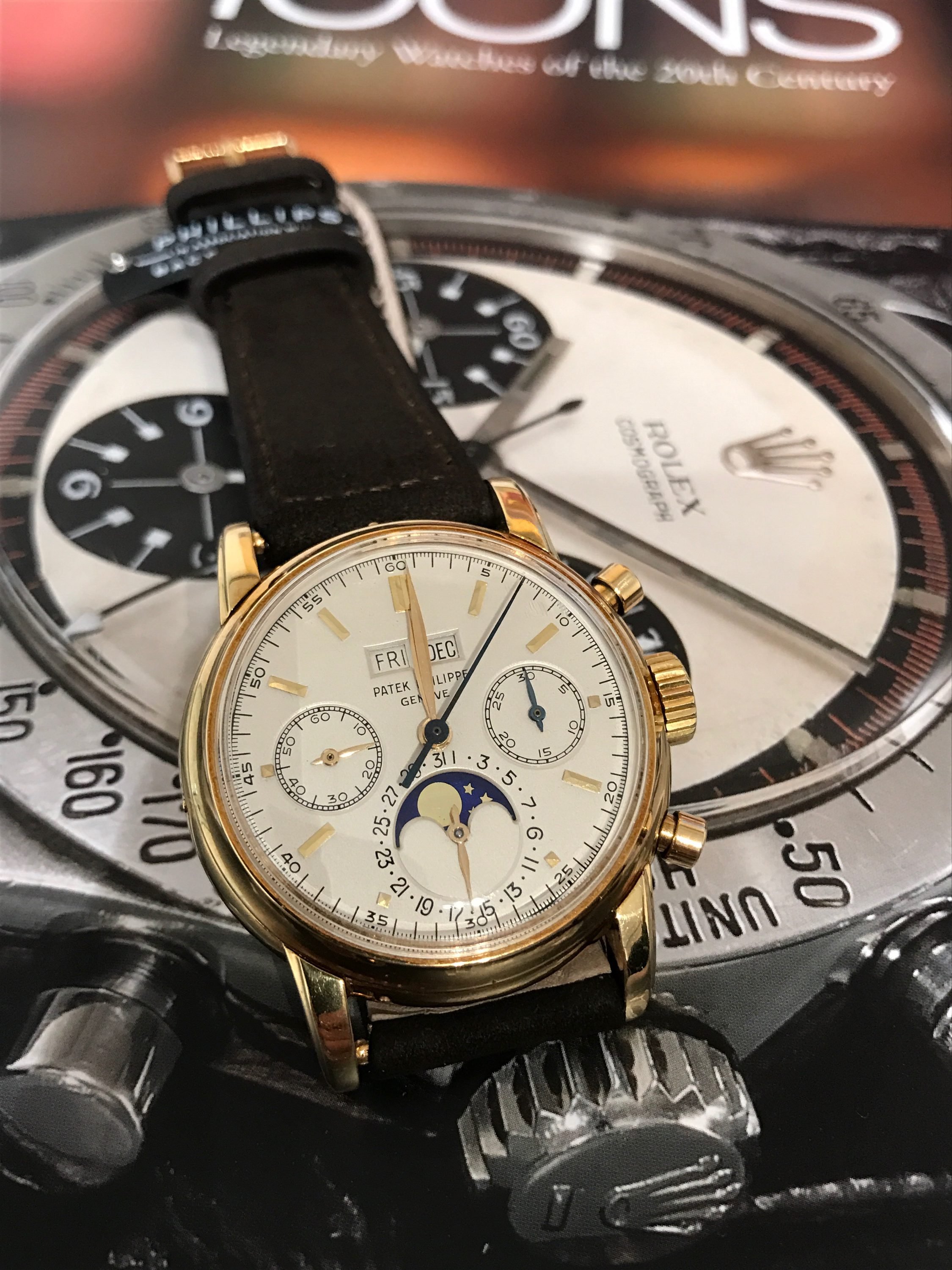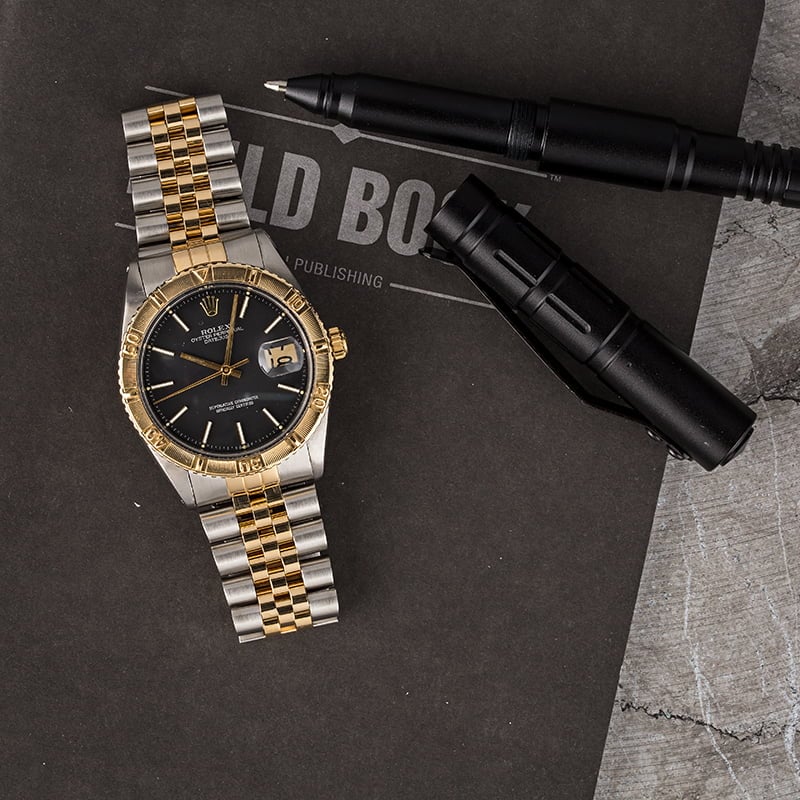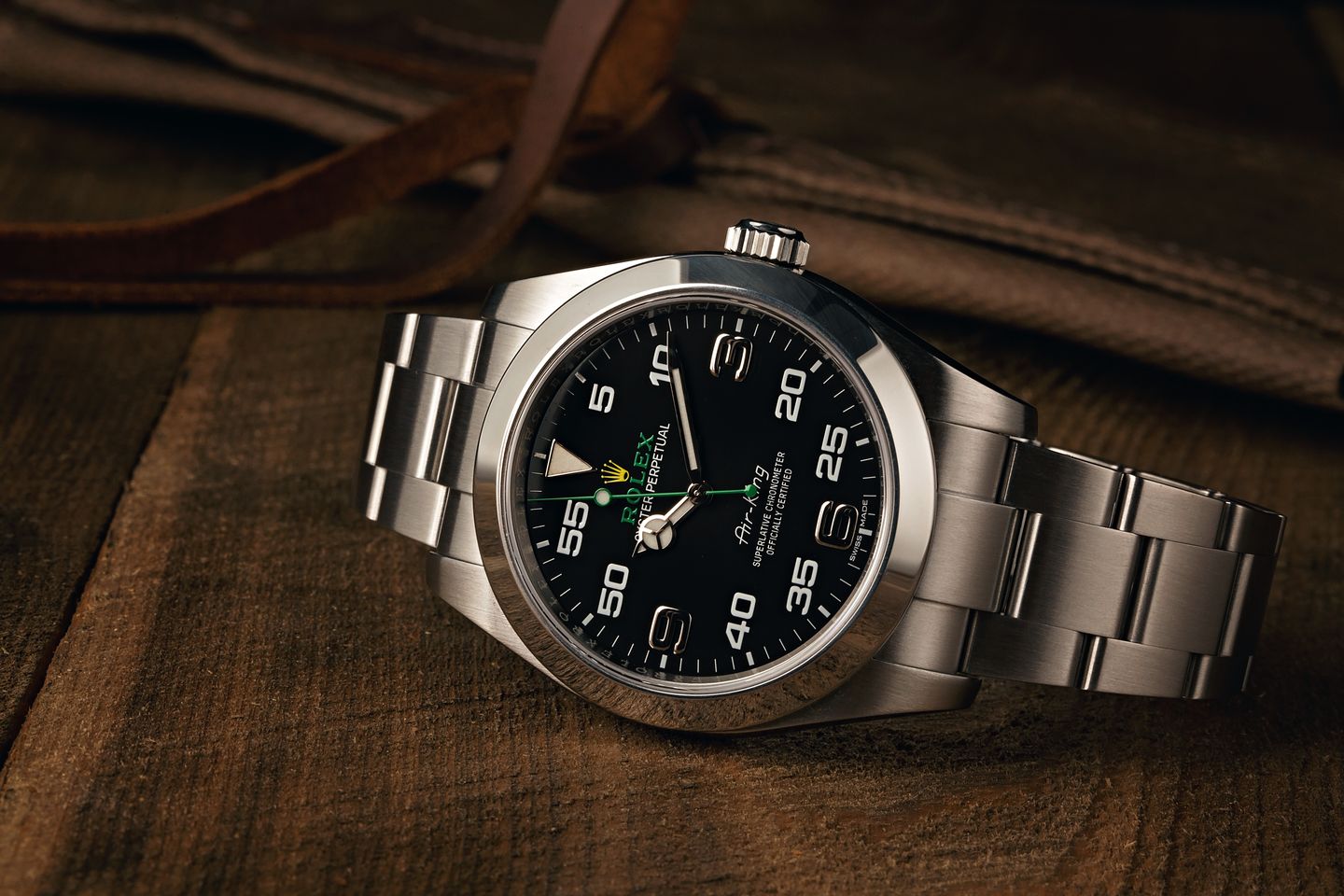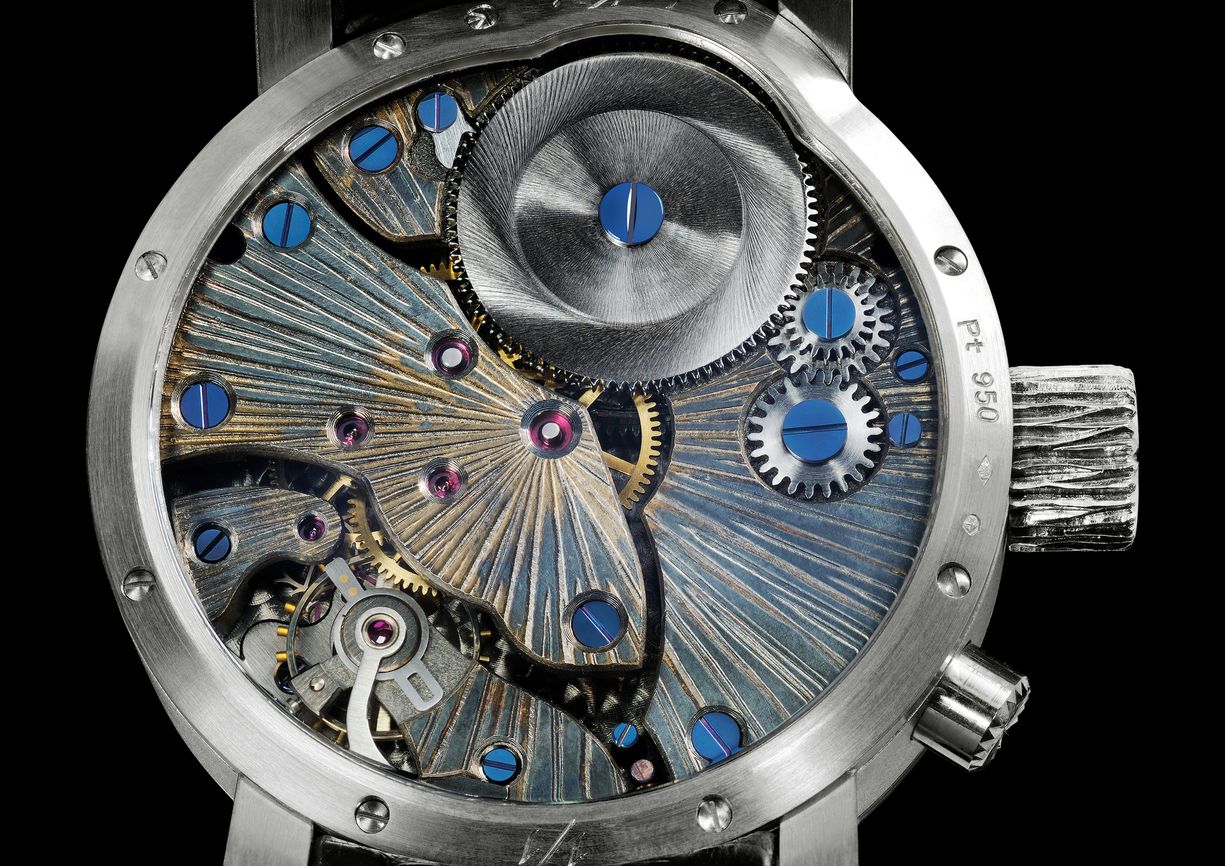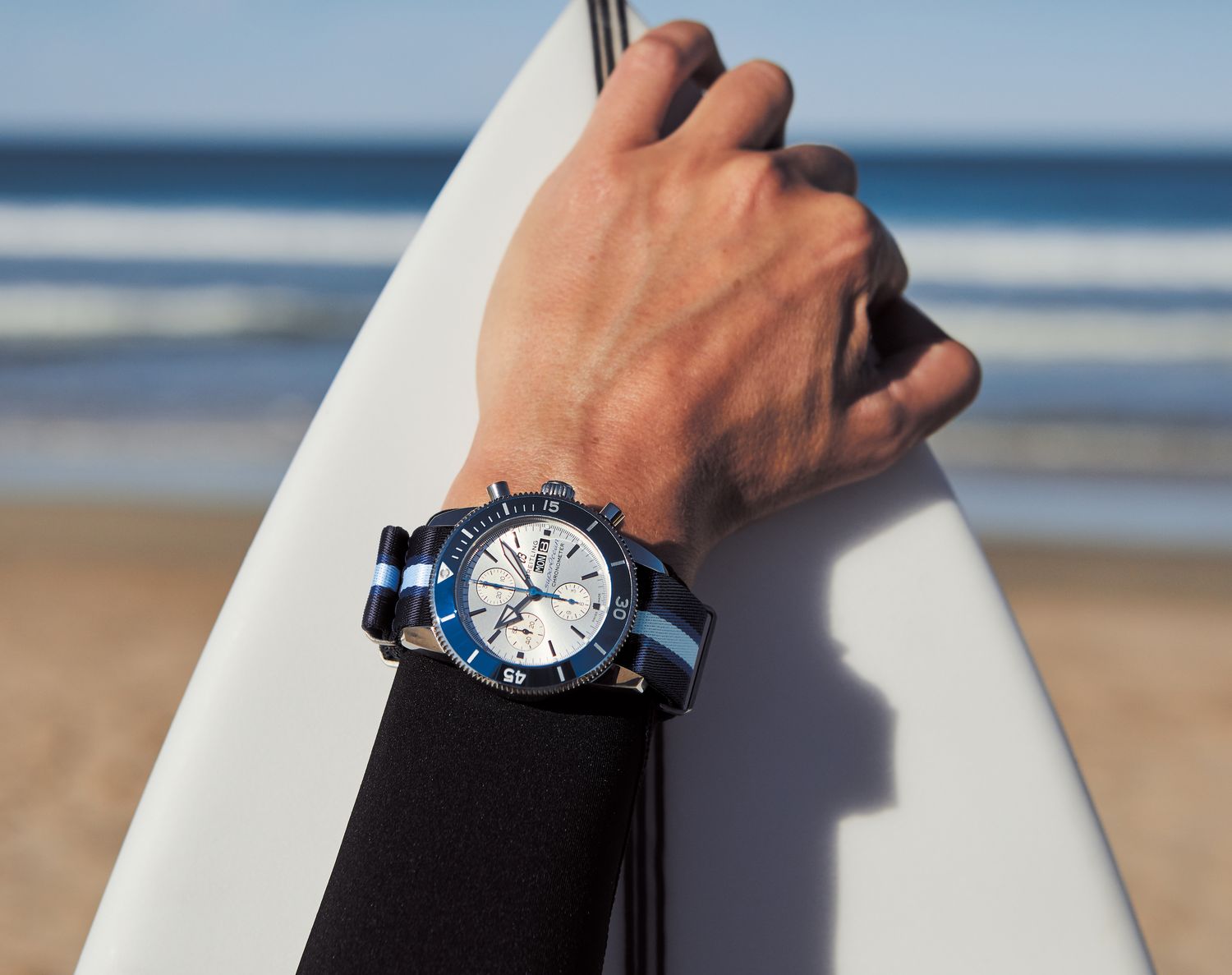Luxury manufacturer, IWC (aka International Watch Company), was founded in 1868 by Boston-born, Florentine Ariosto Jones, and sits on the banks of the Rhine River in the medieval Swiss town of Shaffhausen. The hugely respected house has been responsible for a litany of classic designs over the last 150 years, and has a particularly fascinating history, including briefly being owned (bizarrely) by famed psychologist, Carl Jung at the beginning of the 20th century.
Today, their portfolio is split into six separate families, covering everything from dress pieces to tool models, divers to – of course – pilot’s watches. Exemplified by tastefully masculine design and outstanding craftsmanship, they boast a wide and eclectic fan base, brought together by the love of horology at its finest. Below, we take a look at a few of our favorite IWC watches from their current collection.
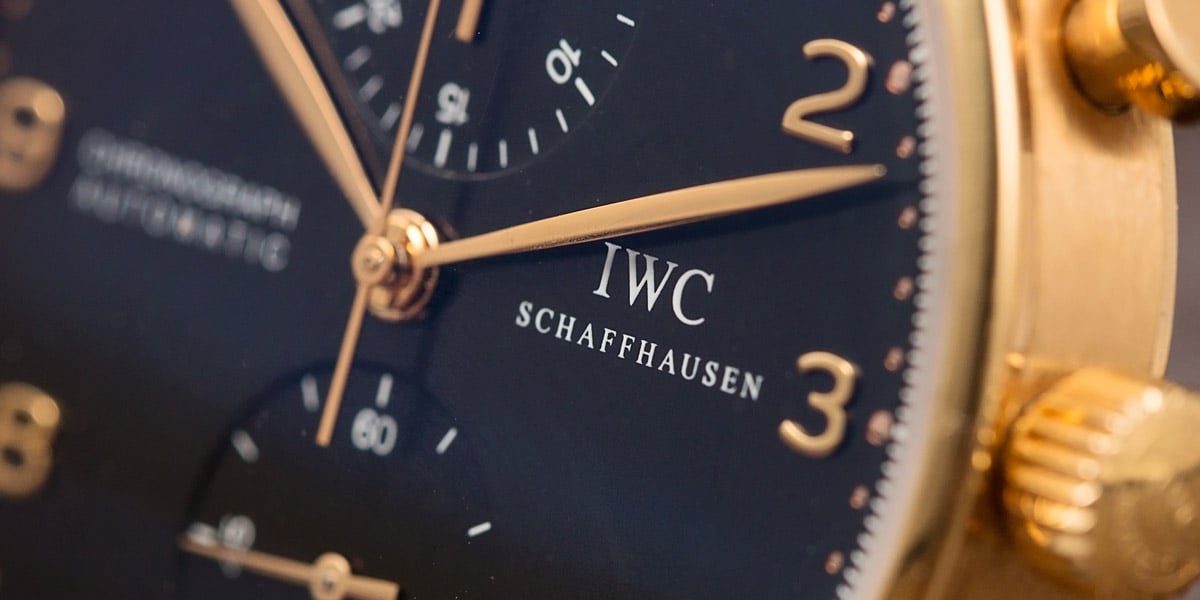
IWC Big Pilot’s Watch Perpetual Calendar Spitfire ref. IW503601
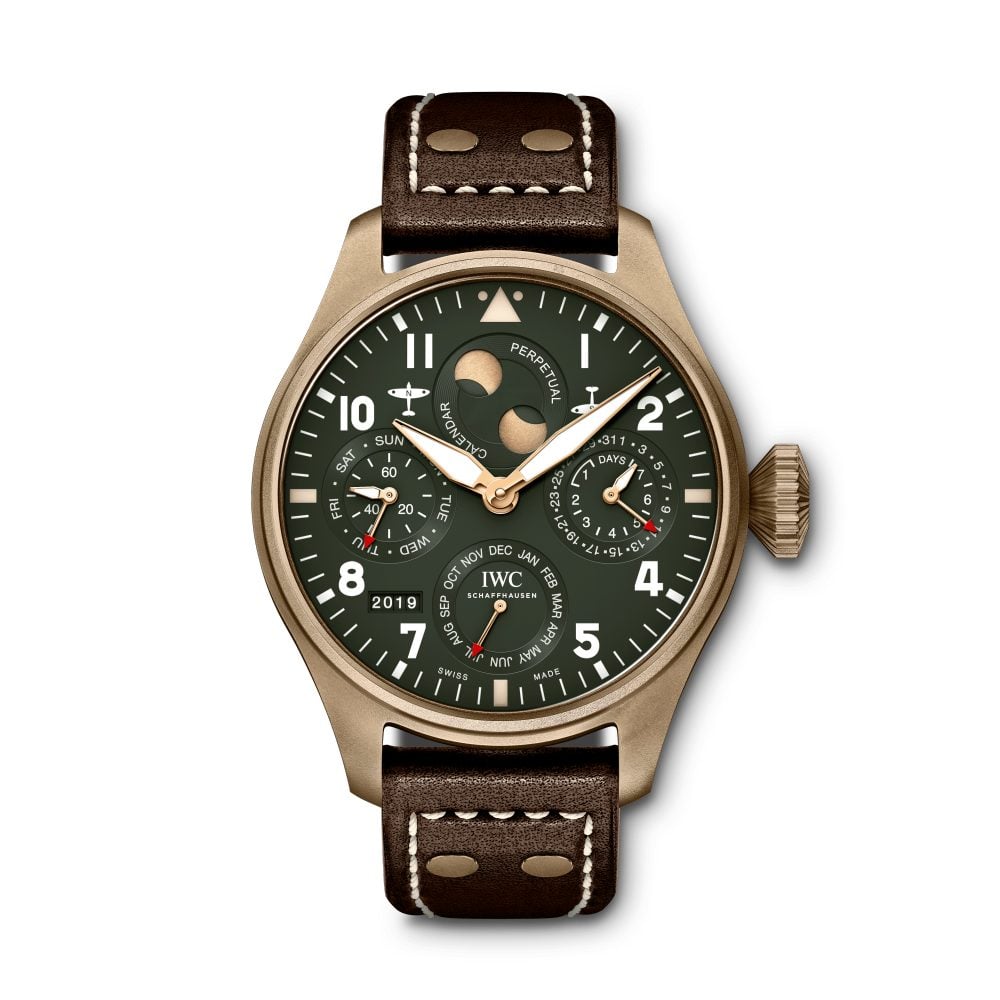
The greatest name ever given to a fighter plane, the Spitfire range from IWC pays tribute to the aircraft that saved Great Britain in WWII. 2019’s SIHH event saw the manufacturer add a further seven models to the collection, including this – the only Big Pilot to be introduced.
Living up to the first half of its title, the piece measures in at some 46.2mm, and is the most complicated in the series. Driven by the completely in-house, Caliber 52615 movement, the double moon display shows the lunar cycle for both northern and southern hemispheres, and will remain accurate for the next 577.5 years. Additionally, the perpetual calendar compensates for the differing number of days in various months, as well as leap years. Consequently, it won’t need correcting until the year 2100.
The movement’s Pellaton winding system and twin barrels give an incredible seven-day power reserve, and all the hardest working components are made from a ceramic which is practically wear-free. You can see all of it at work through a sapphire case back.
On the outside, the traditional silver and steel color schemes of other Spitfire watches has been abandoned in favor of a more old-school military aesthetic, with an olive drab dial set in a handsome bronze case – one designed to pick up its own unique patina over time. Rounding it all off is a brown calf leather strap.
While certainly a busy-looking display, packing in sub-dials for date, day, month, moonphase, and power reserve – as well as a four digit year aperture, there is enough acreage to the dial for it to all be nicely decipherable. Generous use of lume on the Arabic numerals and large Alpha hands, and an anti-reflective coating on both sides of the crystal, ensure easy readability as well. The flagship of the Spitfire fleet with a beauty of a movement, the ref. IW503601 is as technically impressive as it is striking to look at, and easily makes the list of our favorite IWC watches .
IWC Portugieser Automatic ref. IW500712
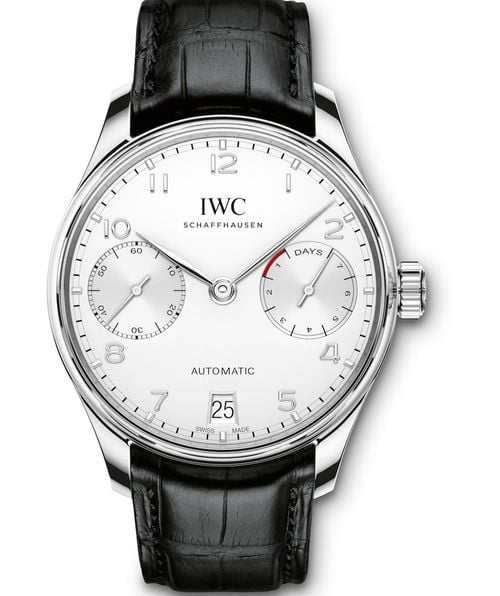
In terms of being the most emblematic of the brand as a whole, the Big Pilot and Portugieser families are probably about tied. Both have extensive variants in their respective collections, with the latter all about refined sophistication and subtle elegance.
Originating way back in 1939, the line was instigated at the request of two Portuguese businessmen who wanted a large, clearly-legible wristwatch with the accuracy of a marine chronometer. Squeezing a pocket watch movement into an enormous (for the era) 43mm case, the first of the series introduced much of the design language that still typifies the Portugieser today.
IWC released the latest models in the 80-year-old range last June, with another stunning platinum perpetual calendar, and this – a suavely minimalistic automatic in stainless steel. Those key aesthetic elements are all still in evidence; the railway track chapter ring, applied Arabic numerals, the running seconds sub-dial, the achingly stylish, feuilles de sauge hands and the ultra-thin bezel, giving it a look that is even larger than its already generous, 42.3mm diameter would suggest.
A power reserve indicator sits at the three o’clock position on the silver-plated dial, marking the seven-day autonomy provided by another caliber in IWC’s own 52000 series, the Caliber 52010. Beating at 28,800vph, the 257-component movement, beautifully finished in Côtes de Genève, is again visible through the display caseback.
It is the latest in a six-model series of automatic watches, which also includes blue and black dial examples, as well as a pair of red gold editions, which represent the simplest iterations of the Portugieser name. Others in the collection include chronographs, minute repeaters, tourbillons, and a Grande Complication, which combines most of the others into one. The Portugieser Automatic harks back to the piece that started it all, and remains a signature work in the brand’s catalog.
IWC Ingenieur Chronograph Sport ref. IW380901
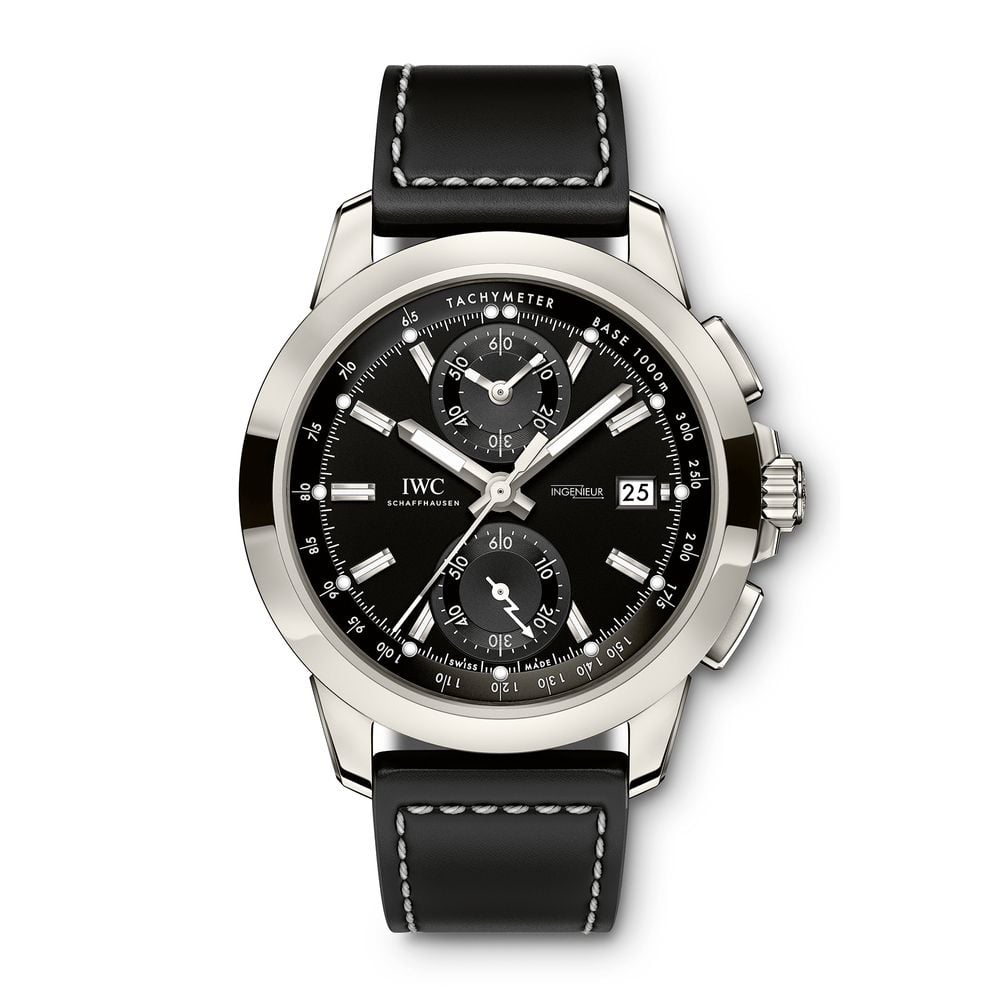
Often mentioned in the same breath as the Rolex Milgauss and the Omega Railmaster, the IWC Ingenieur was originally dreamt up in 1955 to accommodate the world’s scientists – or in IWC’s case, engineers, from which the range takes its name (ingenieure being the German word for engineer).
Like with the other families from the brand, that modest original has diversified into a string of more complicated models, with even more perpetual calendars and a host of stylish chronographs. The ref. IW380901, launched in 2017, is one such timepiece, and has perhaps the most everyday wearability of the bunch. At 44mm in diameter, it certainly isn’t a watch for every wrist, but the titanium casing does a fine job of keeping weight down, while the stark black and white tonality lends it an inherent versatility.
The flyback chronograph features a large counter at the 12 o’clock location, with a combined hour and minute totalizer, while a second sub dial at the 6 o’clock is for a small hacking seconds, complete with lightning bolt hand – a little nod to the watch’s anti-magnetic properties. Like the Rolex Milgauss and the Omega Railmaster, the IWC Ingenieur has its caliber shrouded by a soft iron Faraday cage to protect it from electromagnetic forces.
A base-1000 tachymetric scale around the perimeter completes the dial’s decoration, while that shielded movement is another completely homegrown effort from IWC’s 89000 series, the Caliber 89361. The 4Hz, 38-jewel mechanism offers a 68-hour reserve and is again finished in Côtes de Genève, although this time there’s no sapphire caseback to let you see it.
Sitting on a black calfskin strap, the 500-piece limited edition oozes with sportiness and elegance, and the monotone detailing gives it a cleanness amongst the rest of the range. The Ingenieur has been a favorite in motor racing circles for years, and IWC as a brand counts the likes of Mercedes-AMG as ambassadors. This latest addition effortlessly carries on the tradition, as well as living up to the watchmaker’s long-established motto, ‘Probus Scafusia’ – from the Latin for ‘good, solid craftsmanship from Schaffhausen’.

